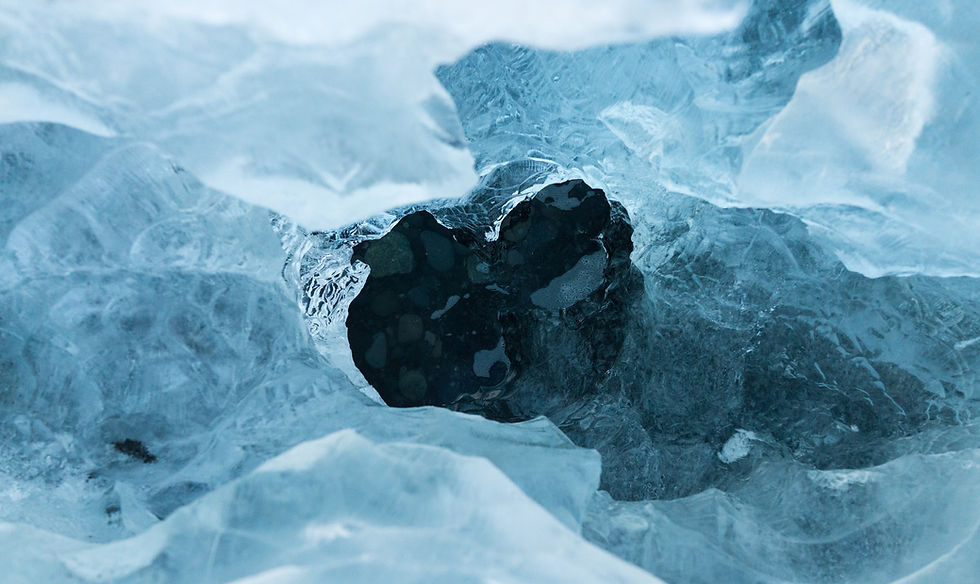
ARCTIC
PROJECTS
Our members are engaged in various projects, on-going and finished in the Arctic region. A full list of projects are available below.
This page is currently in-progress and will be continually updated with new projects.
The spatiotemporal drainage system evolution of Breiðamerkurjökull and associated foreland
Researcher name(s):
Collaborating institution(s):
Primary research area:
Secondary research area:
Project summary
(the WHY):
the HOW
the WHAT
Funding body:
Keywords:
Project URL:
Amy Lally(1); supervised by Alastair Ruffell(1), Andrew Newton(1) & Brice Rea(2).
(1)Queen’s University Belfast; (2)University of Aberdeen
Glacial geomorphology; glacial hydrology
Glacial geophysics; remote sensing
The interaction between water and ice is critical for ice motion, whereby small variations in glacial meltwater can trigger rapid increases in ice velocity. Despite the importance of glacial hydrology, meltwater processes and features are among the least understood areas of glaciology. Improving our understanding of meltwater processes and drainage system evolution is crucial in predicting how glaciers and ice sheets will respond to increased meltwater supply in the future as the climate warms.
This research aims to produce a time-series of geomorphology maps depicting the annual and seasonal changes at Breiðamerkurjökull and associated foreland. Repeat geophysical surveys will be carried out to investigate changes in the foreland subsurface and glacial drainage system near the ice-margin. Fieldwork will be completed near the start and end of the meltwater season throughout the study period, from 2021 to 2023. The outputs can then be interpreted along with historical data to develop a holistic understanding of the drainage system and how it has evolved over time while examining what processes dominate during this evolution.
The research outputs are anticipated to deliver a basis for refining the active temperate glacier landsystem model along with extending our knowledge on the evolution of the drainage system in the study area. Investigating processes occurring in a contemporary glacial landscape and linking these with landform assemblages may aid in identifying signatures representing more short-lived drainage modes and provide a modern analogue for palaeo ice-sheet reconstructions. Furthermore, in-situ observational data is invaluable for modelling glacial behaviour in numerical ice-flow models. An improved understanding of meltwater processes could improve the consideration of hydrology in these models.
UK Research & Innovation (UKRI)
glacial hydrology; glacial geomorphology; glacial drainage systems; meltwater; temperate glacier; ground penetrating radar; UAV
